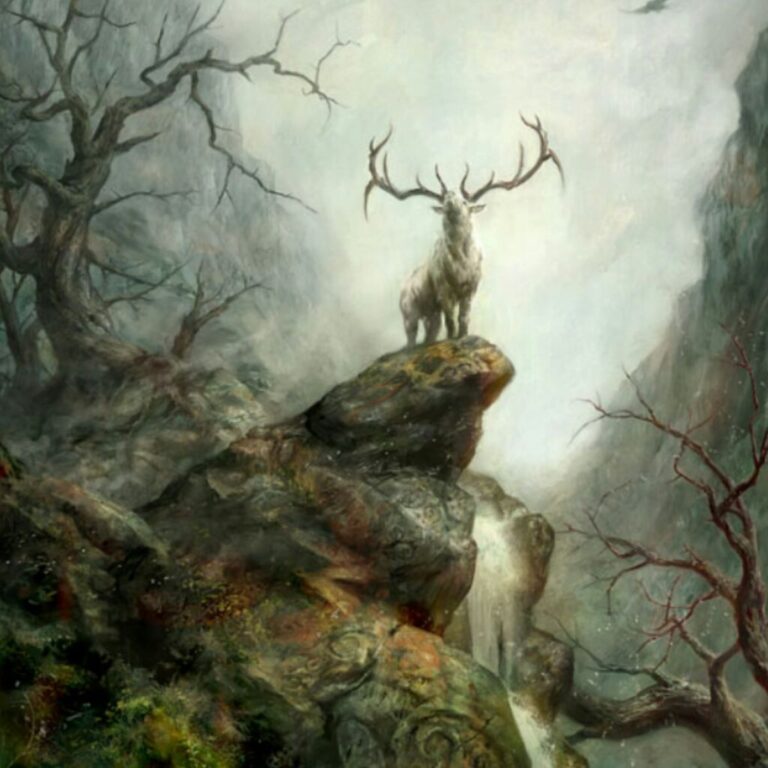

Should characters casting these spells (and, by extention, players of said characters) have any ability to plan for HOW they will use the summoned creatures, beyond something as generic as "at least they will have some sort of attack?" Should they be able to count on any utility, or is this a spell that you never want to cast if you're counting on particular uses for your summons beyond generic "I hit them with an attack" combat?
#5e conjure animals list how to#
something that he knows will ideally resolve things if they figure out how to use it) something that is as useless as possible under the constraints given above) or a Miraculous Ladybug-style Lucky Charm? (i.e.
#5e conjure animals list manual#
How should the DM choose what does show up? Should the DM pause the game and search the monster manual for appropriate beasts or fey or elementals? Should he choose all the same type or should he try to mix them? Should he give any consideration to the situation? Should his goal be to give them a monkey's paw (i.e. Under the "DM chooses" model, should players be able to expect that expressed preferences for, say, "creatures that can burrow and leave behind tunnels" would be honored? Or should they not have that kind of control/influence?

#5e conjure animals list free#
So, I brought up the two "player chooses" examples as ways that a player can come at this not with a necessarily "I'm going to cheese woodland beings into free polymorphs," but still with a plan that, it seems to me, requires player control over the creature types summoned. (If I like the discussion's ideas enough, I might even try running it that way for a bit and see how my players and I like it.) I don't even want to try to demonstrate that it's "bad." Rather, I want to discuss how players should expect to be able to use it under that interpretation, and how DMs should run it. I want to discuss the uses of the spell under the "DM chooses" interpretation. It isn't how I think the spell reads, but I don't want to discuss how the spell reads. In another thread, somebody pointed out that summoning giant badgers to burrow could dig pits perhaps more rules-compliantly than using mold earth to do the same, but that it would take a DM who ruled that players pick the summoned creature type.įor the purposes of this thread, I want to discuss how a DM should run this if you use the DM chooses interpretation. I bring this up as an example of how a player might cast this with a specific plan in mind. He had his character summon 8 giant owls, which proceeded to grab monsters and haul them over a convenient pit of lava. Now, the one time I've seen this used in-game, my player used a Charm a creature had given his character as a reward, and I ran it the way I think it reads, where the summoner chooses what they get.

When you cast this spell using certain higher-level spell slots, you choose one of the summoning options above, and more creatures appear: twice as many with a 5th-level slot, three times as many with a 7th-level slot, and four times as many with a 9th-level slot. The GM has the creatures’ statistics.Īt Higher Levels. If you don’t issue any commands to them, they defend themselves from hostile creatures, but otherwise take no actions. They obey any verbal commands that you issue to them (no action required by you). Roll initiative for the summoned creatures as a group, which has its own turns. The summoned creatures are friendly to you and your companions. Eight beasts of challenge rating 1/4 or lowerĮach beast is also considered fey, and it disappears when it drops to 0 hit points or when the spell ends.Four beasts of challenge rating 1/2 or lower.Two beasts of challenge rating 1 or lower.One beast of challenge rating 2 or lower.Choose one of the following options for what appears: You summon fey spirits that take the form of beasts and appear in unoccupied spaces that you can see within range. For further reference, I'll copy conjure animals here from the SRD: For reference, the three I can recall off the top of my head that use this formulation are conjure animals, conjure minor elementals, and conjure woodland beings.


 0 kommentar(er)
0 kommentar(er)
